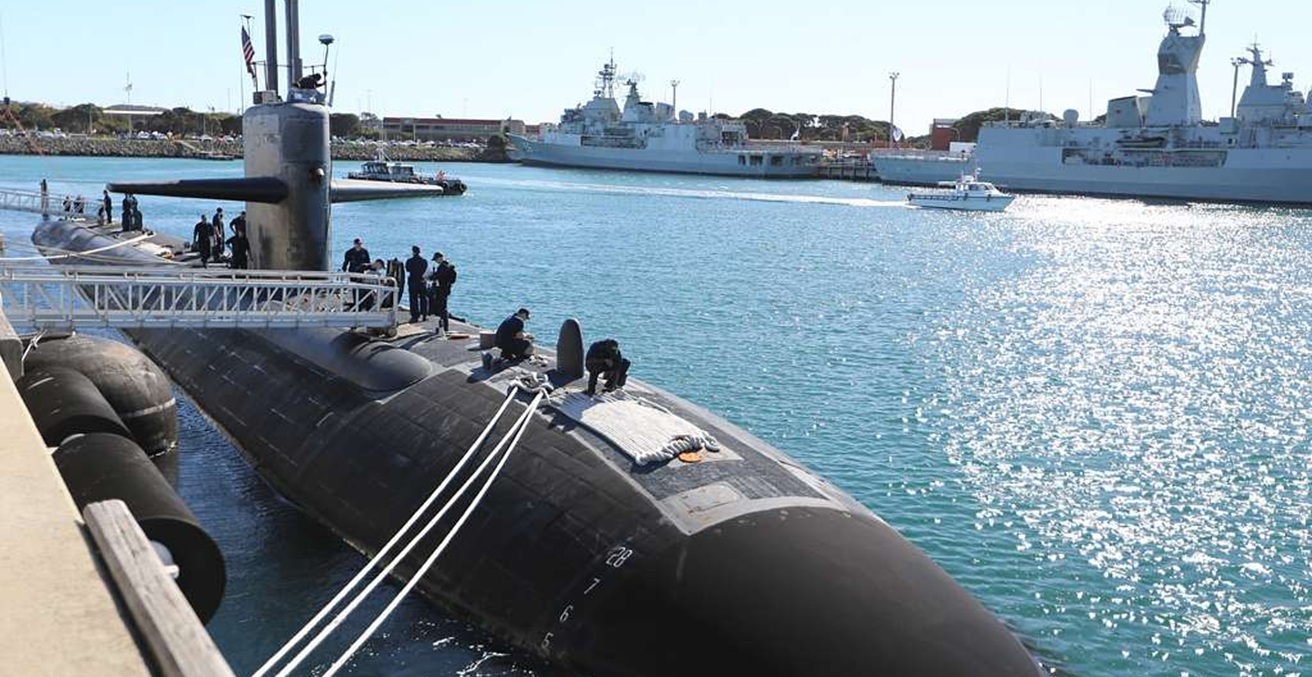The nuclear security nexus between India and Pakistan remains treacherous. Given the inapplicability of Mutual Assured Destruction concepts, an alternative approach to security on the subcontinent is required.
The Nuclear Materials Security Index, released by the United States-based think tank Nuclear Threat Initiative on 8 January, ranked Pakistan and India 22nd and 23rd respectively out of 25 nations in possession of nuclear materials, just ahead of Iran and North Korea. India ranked last in the security and control measures component, while Pakistan brought up the rear in the risk environment component. Among the five components that contributed to their overall scores, India never achieved higher than 18thplace (in terms of global norms) and Pakistan not higher than 20th(in terms of domestic commitments and capacity). These rankings of two nations that have come close to war in recent times betray the urgent need to diffuse tensions on the subcontinent.
The Inapplicability of MAD
The largely-accepted and comforting notion that Mutual Assured Destruction (MAD) permits stability at higher levels of conflict (even as it facilitates instability at lower levels) does not apply in the India-Pakistan dynamic. The validity of the Stability-Instability Paradox (SIP) rests on a number of assumptions which existed during the Cold War, but are not present in the Indo-Pakistani security environment. The preconditions required in order for the SIP to hold are:
- That the sides involved are rational actors;
- That the side which threatens first-use has unambiguous red lines to prevent the accidental tripping of nuclear thresholds; and
- That there are minimum levels of communication and mutual understanding between the actors so as to minimise chances of miscommunication and misinterpretation.
As argued at greater length in my paper “MAD in South Asia: Ambiguity and instability in the India-Pakistan nuclear dynamic”, while all three preconditions could be said to have been met by the Cold War antagonists, only the first has been met by India and Pakistan. Further complicating the security environment in the region are the consequences of the involvement of non-state actors. While non-state actors played a part during the Cold War, their activities did not affect the strategic calculus between the US and USSR because the two were involved in proxy wars and had an understanding to avoid direct engagement with the other’s forces. In South Asia however, the two sides have met each other on the battlefield and no such understanding exists.
Realities of the India-Pakistan security relationship
Given this crucial difference, the activities of non-state actors have a direct impact on the strategic calculus of both India and Pakistan. The costly and embarrassing ten-month mobilisation of the Indian army along the Indo-Pakistani border in response to a terrorist attack on Parliament in 2001 led directly to a shift in India’s punitive strategy in the event of another terrorist attack. The ‘Cold Start’ doctrine — though formally denied by the Indian Army and Indian government officials — was a way for Indian forces to deliver sharp punitive strikes within Pakistani territory in the event of another attack, stopping just short of crossing any stated nuclear red lines. It was designed to be swiftly-enacted: this would ensure that the international community did not have enough time to pressure the civilian establishment to stop the strike.
In 2008, Pakistan was found to have the fastest growing nuclear arsenal in the world, as revealed by a US National Intelligence Officer for South Asia in a document released by WikiLeaks. In the 2013 SIPRI Yearbook, India and Pakistan are the only two unrecognised nuclear powers that are currently expanding their arsenals and delivery systems. Between 2011 and 2012, India’s arsenal grew from 80–100 to 100–110 weapons; Pakistan increased its arsenal from 90–110 to 100–120 during the same period. With tactical nuclear weapons and anti-ballistic missile defence technology entering the equation, the nuclear ladder is getting ever-shorter and the region is fast becoming a tinderbox.
The Kashmir dilemma
The central conflict between India and Pakistan is the Kashmir issue: this is deeply linked to the political legitimacy of the regimes in both countries. Ceding Muslim-majority Kashmir to India would negate Pakistan’s founding ideology that Muslims and Hindus need separate countries, and ceding Kashmir to Pakistan would negate India’s founding ideology of secularism and pluralism. The Pakistani political establishment is abnormal in the sense that the Army is given full control over its nuclear strategy and the chain of command. Keeping the Kashmir issue alive and ramping up the ‘India threat’ lends the Pakistani Army domestic legitimacy, as it frames itself as the only credible institution for national defence.
The way forward may be to create a more normal power structure within Pakistan, with the civilian establishment taking control of national security decision-making with input from the military. Since Nawaz Sharif’s first term as Pakistan’s Prime Minister in 1990–1993, the civilian political establishment has started talking peace with India. Indian political leaders have also long-recognised the importance of creating stronger ties with Pakistan.
The international community could help nudge this along by lending support to formalising the Line of Control (LoC) into an international border. India would have to renounce its claim to Pakistani-administered Kashmir, and Pakistan would have to renounce its claim to Indian-administered Kashmir. If the US and other key international players lent support for turning the LoC into an international border, it would send the message to the Pakistani military establishment that a revisionist posture is unsustainable. This might in itself transform the dynamics between the civilian government and the military, enabling the government to take more control. A realisation of this sort would then enable Pakistan and India to embark on confidence-building measures for better relations, thereby bringing greater stability to the region.
Khemta Hannah Jose has a Master’s degree in International Relations from Macquarie University. A longer version of this article appears in Emerging Scholars 2013.




